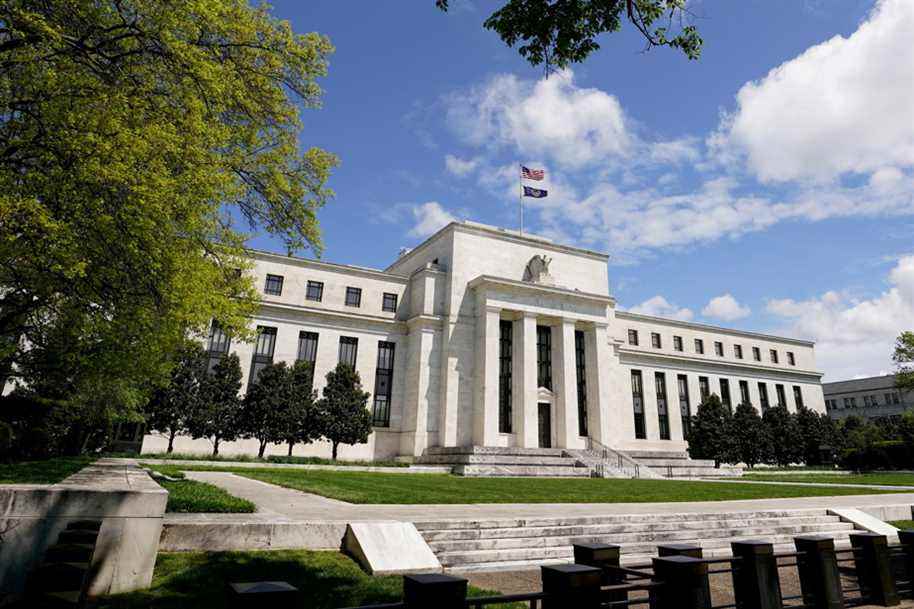(Washington) The US Central Bank on Wednesday launched the reduction in monetary support it has provided to the economy since the start of the crisis, noting that activity and employment “have continued to strengthen”, and in the face of “high” inflation.
The US Federal Reserve (Fed) will begin to slow down its asset purchases in November. From 120 billion dollars a month now, they will be reduced by 15 billion each month, until they are brought down to zero.
These injections of liquidity into the financial system made it possible to prevent a financial crisis from superimposing on the economic crisis linked to COVID-19.
In detail, the Fed will buy each month 10 billion dollars less treasury bills than the previous month, and 5 billion dollars for MBS, financial products backed by real estate loans, according to a press release issued at the end of the meeting of its Monetary Policy Committee (FOMC).
At this rate, the Fed would cease all asset purchases in mid-June 2022. But it says it is ready to adjust it “if this is justified by the development of the economic outlook”.
In other words, if inflation remains too high, the pace of reduction in asset purchases will be accelerated. Because the officials of the institution want to have completed this first step, before starting to raise the key rates, which will slow down demand, and will therefore slow down the rise in prices.
“We can wait”
The Fed has thus, unsurprisingly, kept its key rates in the range of 0 to 0.25% in which they were lowered in March 2020 when the pandemic was spreading in the United States, causing a historic slowdown.
“We don’t think this is the right time to raise interest rates because we want to see the labor market recover more,” Fed Chairman Jerome Powell commented at a press conference .
“We think we can be patient,” he added, while stressing that the institution would not hesitate to meet them if the situation required it.
The American economic recovery has indeed suffered from the Delta variant of COVID-19, which has increased cases of contamination and damaged consumers’ confidence to return to restaurants, take the plane, or even go to the movies, for example.
In addition, activity is still slowed by global supply difficulties and too few candidates to fill vacancies, which prevents companies from operating at full capacity, and drives up prices.
“Inflation is higher than expected,” admitted Jerome Powell.
This unprecedented situation caught forecasters by surprise: “bottlenecks are more persistent and more widespread” and should “last until next year. […] We weren’t expecting it, any more than other economists, ”admitted the Fed chairman.
New four-year term?
But this reflects “largely factors that should be transitory,” said the powerful institution.
Price increases accelerated in September over one year, to 4.4%, the highest since 1991, but remained stable over one month, at 0.3%, according to the PCE index.
Faced with an inflationary surge affecting a large part of the planet, linked to bottlenecks in the supply chain, some central banks have already raised their rates: Norway, New Zealand, Brazil, Poland, etc. England could also pass the course on Thursday.
The Bank of Canada could use it earlier than expected, in the second or third quarter of 2022. On the other hand, the European Central Bank (ECB) does not plan to touch it before 2023, estimating that, despite the current inflationary surge, the “medium-term outlook remains modest”.
Elsewhere, Jerome Powell, whose four-year term as the head of the Fed expires in February, simply said that he “informed administration officials and congressmen in detail about what we did and why we did it ”.
It is up to the White House to rename him or to choose another governor of the institution to replace him, before a confirmation from Congress. Joe Biden assured Tuesday that he would announce his decision “fairly quickly”.
